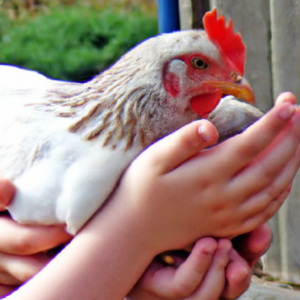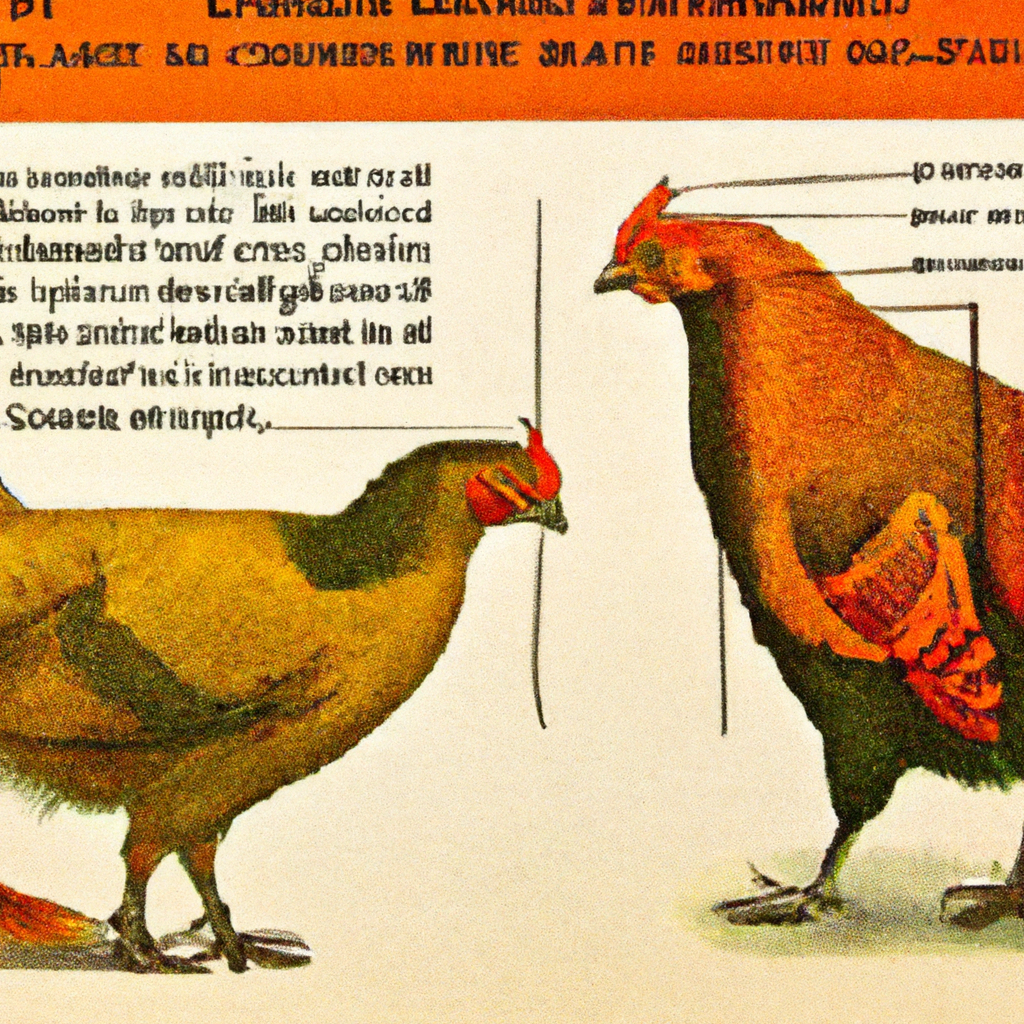
So you’ve found yourself thinking about keeping chickens, but now you’re faced with a perplexing question: what exactly is the difference between bantam and standard-sized chickens? Well, fear not, my feathered friend! In the world of poultry, size does matter, and understanding these two types of chickens can make all the difference when it comes to choosing the right fit for your flock. So gather ’round and let us enlighten you on the distinctive characteristics, unique attributes, and potential perks of both bantam and standard-sized chickens. It’s time to crack open this shell of uncertainty and discover the egg-cellent world of poultry varieties!
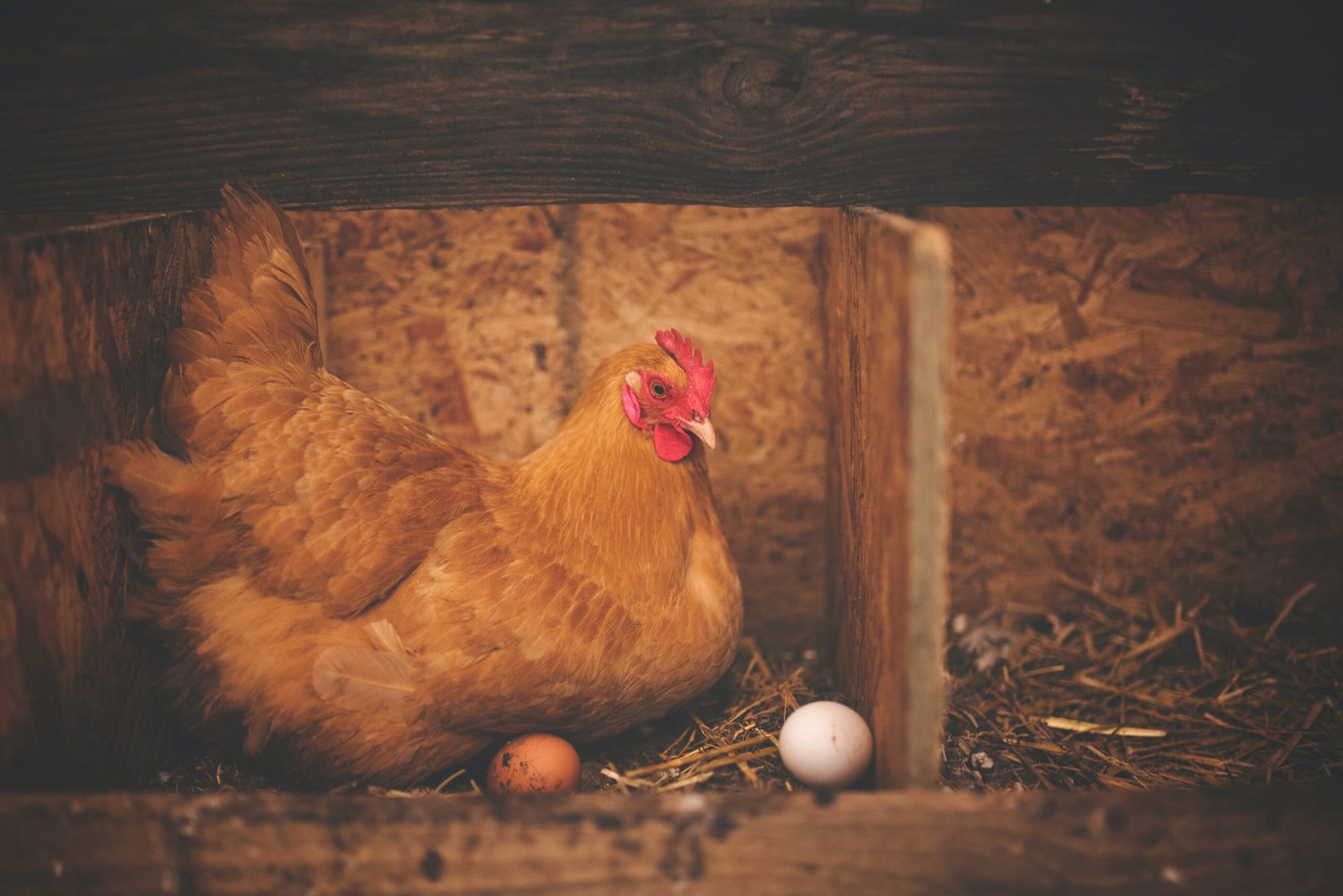
Physical Characteristics
Size
When it comes to size, bantam and standard-sized chickens differ significantly. Bantam chickens are smaller in size compared to their standard-sized counterparts. Bantams are more compact and petite, with an average height of around 8 to 10 inches and weighing between 1 to 2 pounds. On the other hand, standard-sized chickens are much larger, standing at an average height of about 14 to 18 inches and weighing between 5 to 8 pounds. The size difference between bantam and standard chickens is quite noticeable, making them easily distinguishable.
Feathers
Both bantam and standard-sized chickens have feathers, but there are some slight differences in their feather appearance. Bantam chickens often have more elaborate and ornate feathers compared to standard-sized chickens. Their feather patterns can vary greatly, with many bantams exhibiting unique and eye-catching plumage designs. On the other hand, standard-sized chickens tend to have simpler feather patterns, although they can still possess vibrantly colored feathers.
Color Variations
When it comes to color variations, bantam and standard-sized chickens both offer a wide range of options. Bantams are known for their diverse and striking color genetics, often boasting a mix of vibrant hues and patterns. From the stunning blue and silver laced bantams to the beautiful array of lemon and lavender colors, bantams truly offer a rainbow of options. Standard-sized chickens also come in various colors, although they may not have the same level of intricate patterns and color variations as bantam chickens.
Behavior and Temperament
Activity Level
Bantam and standard-sized chickens exhibit similar levels of activity, although bantams may have more energy packed into their smaller bodies. Chickens, regardless of their size, are generally active birds that enjoy roaming, scratching the ground for food, and exploring their surroundings. Bantam chickens, with their compact size, can be quite agile and swift in their movements.
Social Interaction
Both bantam and standard-sized chickens are social creatures and thrive in the presence of other chickens. They enjoy socializing, foraging, and even dust bathing together. Bantams, given their smaller size, can integrate well into flocks consisting of both bantams and standard-sized chickens. However, it’s essential to introduce new birds to the flock gradually to ensure a smooth integration process.
Broodiness
One notable behavior difference between bantam and standard-sized chickens is their tendency towards broodiness. Broodiness refers to a chicken’s instinctual desire to sit on and hatch eggs. Bantam hens are known to be more prone to broodiness compared to their larger counterparts. This means that bantam hens may be more inclined to go broody and sit on a nest of eggs, even if the eggs are not fertilized. Standard-sized hens, while not completely immune to broodiness, are generally less likely to exhibit this behavior.
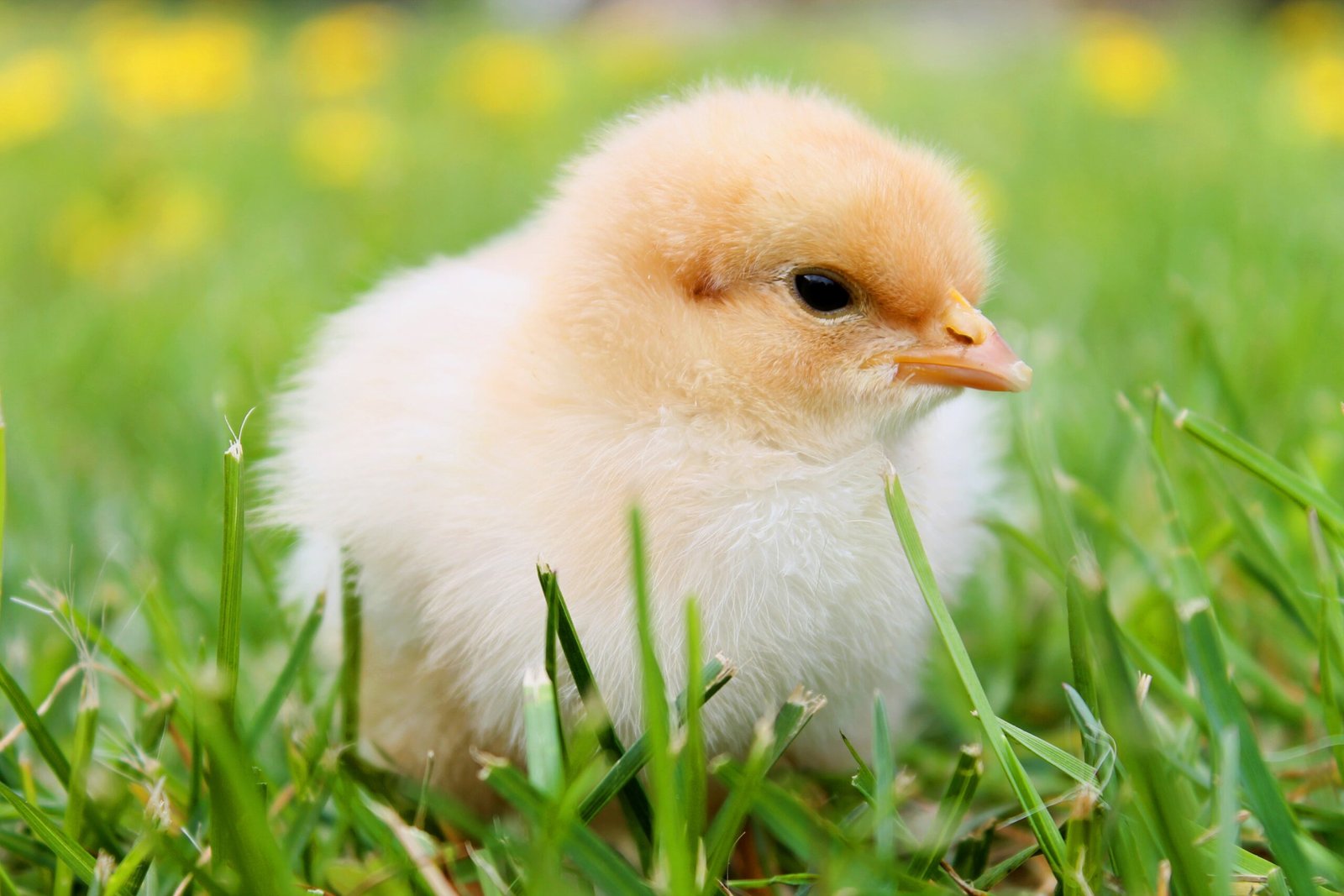
Egg Production
Egg Size
Bantam and standard-sized chickens also differ in terms of the size of their eggs. Bantam chickens produce smaller eggs compared to standard-sized chickens. Bantam eggs are typically about two-thirds the size of standard-sized eggs. Bantam eggs can be a charming addition to breakfast dishes or used as decorative accents in cooking and baking.
Egg Frequency
When it comes to egg frequency, both bantam and standard-sized chickens have similar capabilities. On average, chickens of both sizes lay eggs regularly throughout the year, with some fluctuations depending on factors such as breed and environmental conditions. However, it’s worth noting that bantam hens may be slightly less consistent in their egg-laying patterns compared to standard-sized hens.
Egg Color
Egg color is another noteworthy difference between bantam and standard-sized chickens. Bantam chickens produce eggs in a wide range of colors, including white, brown, cream, blue, green, and even speckled varieties. On the other hand, while standard-sized chickens also produce eggs in various shades of white, brown, and cream, they may not offer the same range of vibrant egg colors as bantam chickens.
Feeding and Care
Feed Consumption
Both bantam and standard-sized chickens have similar dietary requirements. They thrive on a balanced diet consisting of high-quality chicken feed supplemented with fresh greens, vegetables, and occasional treats. While bantam chickens require less food overall due to their smaller size, it’s essential to provide them with the necessary nutrients to support their growth, health, and egg production.
Housing Requirements
In terms of housing requirements, bantams and standard-sized chickens have the same basic needs. They both require a secure and comfortable coop or chicken house that provides protection from predators, as well as proper ventilation and access to fresh air. The size of the coop and run should be appropriate for their size, with standard-sized chickens needing more space due to their larger size.
Health Considerations
When it comes to health considerations, bantam and standard-sized chickens share similar vulnerabilities. Both sizes of chickens are prone to common poultry ailments such as respiratory infections, mites, and parasites. Proper care, including regular health checks, a clean living environment, and a balanced diet, is crucial to maintaining the well-being of both bantam and standard-sized chickens.
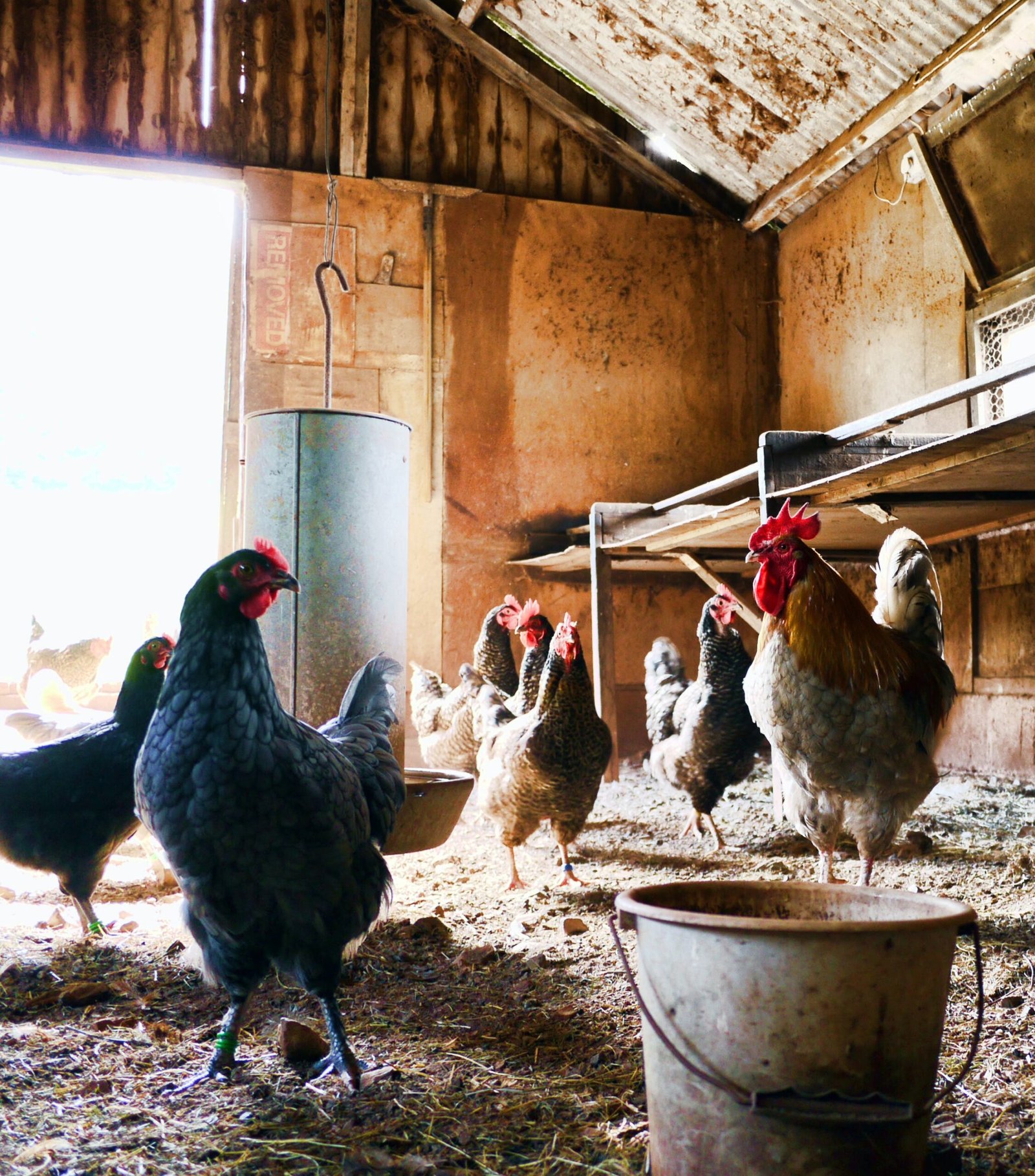
Availability and Cost
Breeds
Bantam chickens come in a wide variety of breeds, offering numerous choices for chicken enthusiasts. Some popular bantam breeds include the Silkie, Pekin, Sebright, and Dutch. Standard-sized chickens also have a diverse range of breeds, including the Rhode Island Red, Leghorn, Orpington, and Wyandotte. The availability of specific breeds may vary depending on your location and the preferences of local breeders.
Cost Comparison
In terms of cost, bantam and standard-sized chickens can differ significantly. Bantam chickens, due to their smaller size and sometimes higher demand, tend to be more expensive compared to standard-sized chickens. Additionally, rare or exhibition-quality bantam breeds may command higher prices. Standard-sized chickens, being more readily available and larger in size, generally come at a lower price point.
Common Uses
Both bantam and standard-sized chickens serve various purposes, depending on the individual’s needs and preferences. Bantam chickens are often kept for their ornamental value and are popular choices for backyard flocks, small gardens, and urban environments. Standard-sized chickens, on the other hand, are versatile and can fulfill multiple roles, such as egg production, meat production, or exhibition purposes. They are often the preferred choice for larger-scale farming or homesteading operations.
Crossbreeding Possibilities
Crossbreeding Techniques
Crossbreeding allows chicken enthusiasts to create hybrid chickens with unique characteristics by mating different breeds. The process involves selecting parent breeds based on desired traits, such as size, color, or plumage pattern. To crossbreed bantam and standard-sized chickens, careful consideration should be given to the size difference between the two breeds to ensure successful matings.
Benefits and Drawbacks
Crossbreeding bantam and standard-sized chickens can result in offspring that combine the best of both breeds. It can lead to unique feather patterns, sizes, and traits not seen in either parent breed alone. However, it’s worth noting that crossbreeding can also produce unpredictable results, and not all crossbred chickens may meet the desired expectations.
Challenges
Crossbreeding bantam and standard-sized chickens can present challenges due to the size disparity between the breeds. Successful matings may need careful monitoring and assistance to ensure proper mating and fertilization. The size difference can also affect egg-laying capabilities, with potential complications during incubation and hatching. Crossbreeding endeavors require careful planning, patience, and understanding of the genetic traits at play.
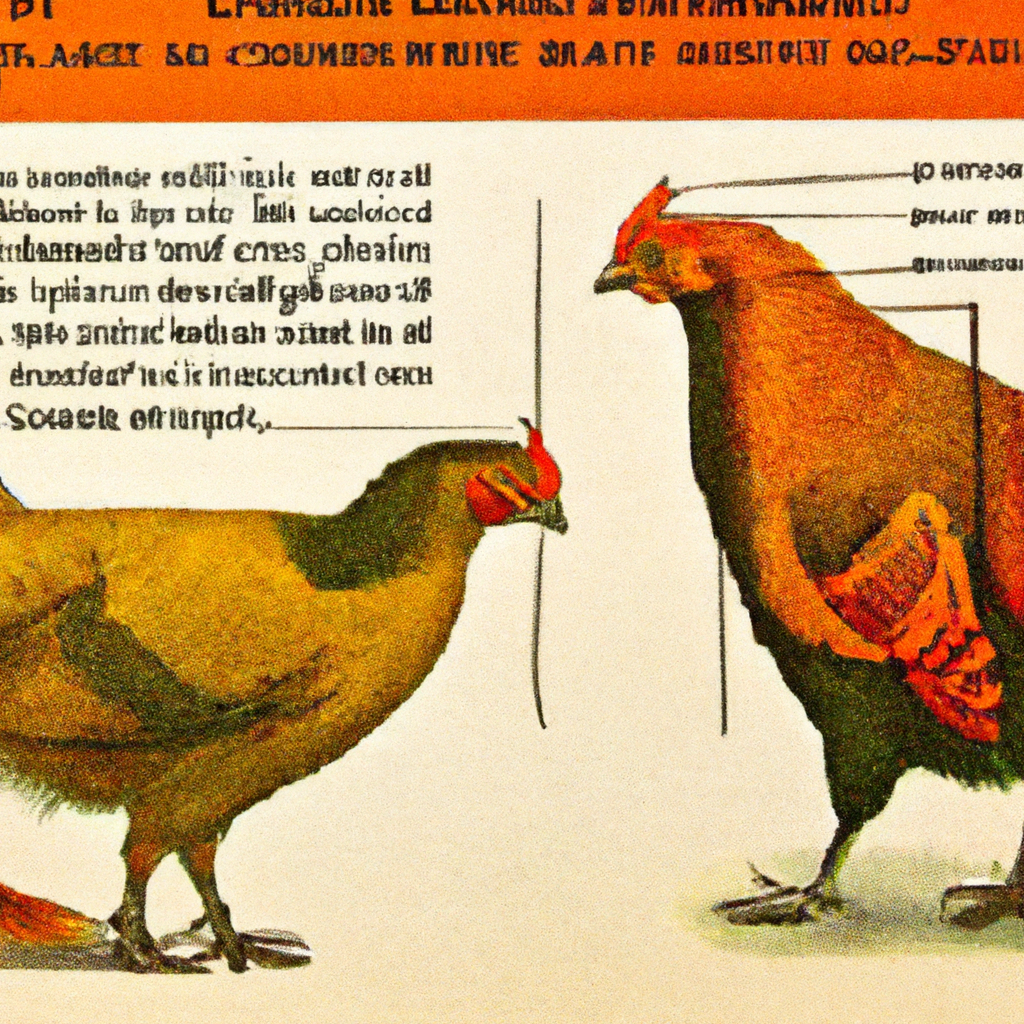
Breeding and Reproduction
Mating Behavior
Both bantam and standard-sized chickens exhibit similar mating behaviors. Roosters perform elaborate courtship displays to attract hens, which can include puffing up their feathers, clucking, and performing dance-like movements. Hens, regardless of size, will typically exhibit receptive behavior such as squatting down or presenting themselves to the rooster. The mating process involves the rooster mounting the hen and transferring sperm to fertilize her eggs.
Incubation Period
The incubation period for chicken eggs is relatively consistent across breeds, regardless of size. It typically takes about 21 days for the eggs to hatch. During this time, the eggs need to be kept at the appropriate temperature and humidity levels to ensure successful embryo development. Whether bantam or standard-sized, the incubation process requires careful monitoring to ensure optimal conditions.
Hatching Rates
Hatching rates can vary depending on several factors, including breed, maternal care, and incubation conditions. While bantam chickens have similar hatching rates to standard-sized chickens, it’s essential to note that successful hatching is influenced by various external factors. Adequate nest conditions, appropriate temperature and humidity levels, and the overall health of the parent birds all play a role in determining the hatching rates.
Suitability as Pets
Space Requirements
Both bantam and standard-sized chickens can make delightful pets, but their space requirements differ. Bantam chickens, being smaller in size, require less space overall compared to standard-sized chickens. They are well-suited for backyard flocks, small gardens, or urban settings with limited space. Standard-sized chickens, on the other hand, need more room to roam and stretch their wings, making them better suited for larger yards or rural environments.
Bonding Ability
Chickens, regardless of their size, can bond with their owners and develop affectionate relationships. Frequent interaction, gentle handling, and positive reinforcement can help foster a close bond. Bantam chickens, with their smaller size, may be perceived as more personable and easier to handle, leading to a closer bond. However, every chicken has its unique personality, and individual traits can vary within both bantam and standard-sized breeds.
Training Potential
Chickens, including both bantam and standard-sized breeds, have a certain level of trainability. They can be taught basic commands, such as coming when called or perching on command, through consistent positive reinforcement training methods. While chickens are not as trainable as some other pets, they can still learn simple behaviors and routines with proper training and patience.
Popularity and Recognition
Exhibition Opportunities
Exhibition opportunities for bantam and standard-sized chickens are prevalent in the poultry community. Poultry shows and exhibitions provide a platform for chicken enthusiasts to showcase their birds, compete for prizes, and exchange knowledge and advice. Both bantam and standard-sized chickens have their respective show classes and breed standards, allowing breeders to display their chickens’ unique qualities and characteristics.
Registered Breeds
Numerous bantam and standard-sized chicken breeds are recognized and registered by various poultry organizations worldwide. These organizations establish breed standards, which outline the ideal traits and characteristics for each recognized breed. Breeders who aim to maintain breed integrity and participate in shows often prioritize breeding registered and recognized chicken breeds.
Breeder Associations
Breeder associations play a crucial role in promoting and preserving specific chicken breeds. These associations provide a network for breeders to connect, learn from each other, and exchange breeding stock. They also ensure the continuity and improvement of breed standards through collaborative efforts and sharing of knowledge. Both bantam and standard-sized chickens have their respective breeder associations that offer valuable resources and support to chicken enthusiasts.
Personal Preferences and Considerations
Aesthetics
Personal aesthetics and preferences can heavily influence the choice between bantam and standard-sized chickens. Bantam chickens are often appreciated for their smaller size, intricate feather patterns, and vibrant color variations. People who appreciate ornamental and visually striking birds may be drawn to bantam breeds. On the other hand, standard-sized chickens can still exhibit their unique beauty and charm, with simpler feather patterns and color variations that appeal to different tastes.
Noise Level
Chickens, regardless of their size, can produce noise through their vocalizations. Roosters, in particular, can be quite vocal, crowing at various times throughout the day. Bantam roosters may have higher-pitched crowing sounds compared to standard-sized roosters. While noise levels can vary between individuals, it’s essential to consider the potential impact of crowing and other vocalizations on your living environment and neighbors.
Lifespan
The lifespan of chickens can vary depending on breed, genetics, and overall care. On average, bantam chickens and standard-sized chickens have similar lifespans. Under optimal conditions, both can live between 5 to 10 years or even longer. However, it’s important to note that individual health, predator protection, and proper husbandry practices can significantly impact the lifespan of chickens.
In conclusion, bantam and standard-sized chickens have distinct physical characteristics, behaviors, and suitability for different purposes. Whether you prefer the petite and ornamental appeal of bantams or the versatility and larger size of standard-sized chickens, both options offer unique qualities that can enrich your chicken keeping experience. Consider your specific needs, available space, and personal preferences when deciding between these two delightful types of chickens. Regardless of your choice, the joy of having chickens as pets or for other purposes is a rewarding and fulfilling endeavor.

